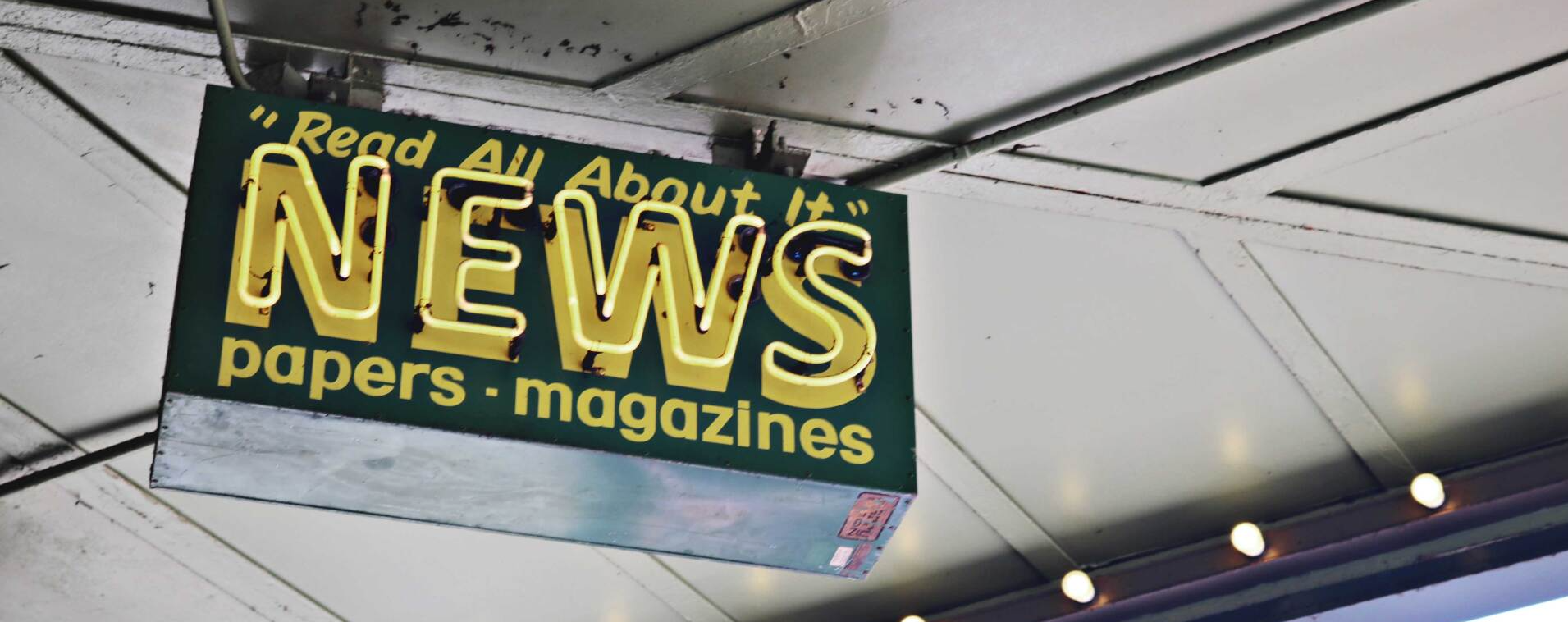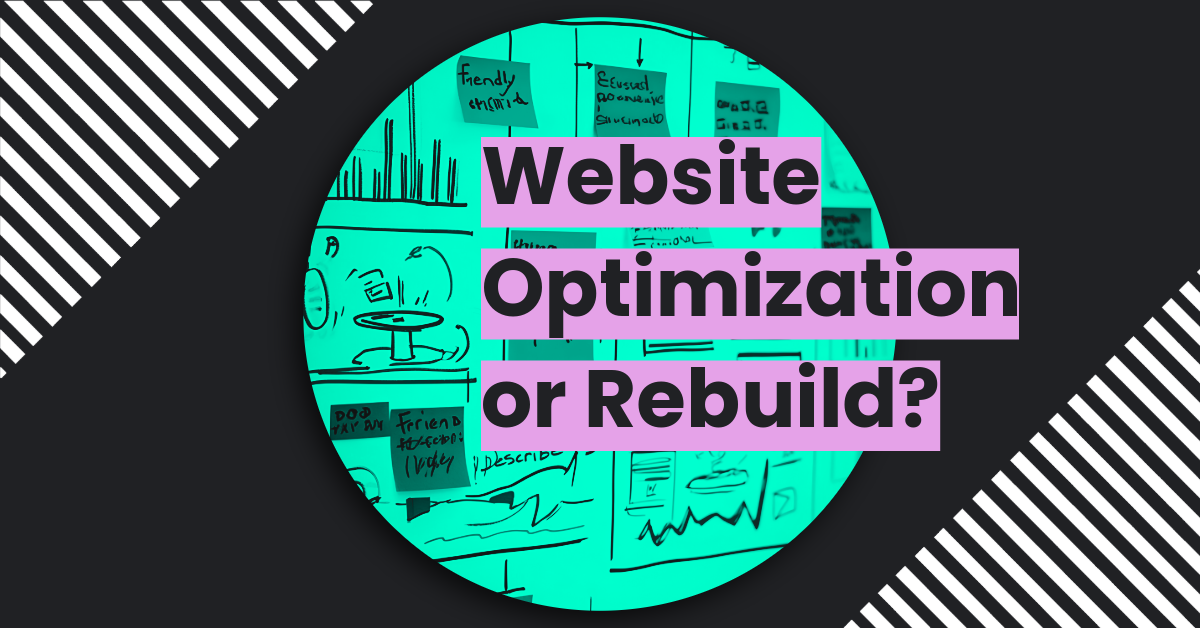Avoid These Press Release Blunders
Press Release Content Tips

A well-written press release can generate good buzz for your business. However, just one poorly-written sentence or sloppy editing mistake can undo that hard work. Best case scenario, a bad press release will be ignored or overlooked by the general public. Worst case, it could end up embarrassing your business or even damaging its reputation.
Before you send out your next press release, check it over and make sure you’re not making any of these mistakes:
Writing about something that isn’t actually news
The purpose of a press release is to alert the media to an actual story. You should be letting people know about actual events or recent developments, not simply gushing about how awesome your business is. When writing a press release, ask yourself why your readers will care. Does it provide value to them? Does it solve a problem or answer a question they might have? If not, you may have to face the fact that your story simply isn’t newsworthy.
Making your story too “advertisey”
Press releases are meant to be news, not ad copy. Even if your new product or service is a “revolutionary breakthrough that will redefine the industry as we know it,” that kind of hyperbole is best left to the sales team. Stick to the facts and avoid the hype.
Writing a bad (or just bland) headline
Your headline has to grab your readers and convince them that the three minutes it takes to read your article will be time well spent. According to an oft-quoted statistic from Brian Clark (founder and CEO of Copyblogger), “On average, 8 out of 10 people will read headline copy, but only 2 out of 10 will read the rest.” A good headline is concise while still letting readers know what to expect from the article.
Boring:
XYZ Company Announces New CEO
Better:
Looking Ahead: New CEO Vows to Take XYZ Company to the Future and Beyond
Inadequate proofreading or editing
Grammar and spelling errors in a press release can make a business look unprofessional or even downright amateurish. Just ask Hillary Clinton, who once released a press release claiming that she had “fought children and families all her career.” Even after her team spotted the typo and corrected it to read that she had “fought *for* children and families all her career,” the damage was done.
Don’t shortchange the editing process. Take the time to go through your press release. Try reading it out loud to make sure it scans properly. And once you’re satisfied with it, hand it off to someone else to review. Sometimes another pair of eyes can find the mistakes you’ve overlooked.
Not checking the facts
A good press release is built on facts. Get them wrong, and you’ll end up damaging the credibility of your business. Double check your statistics and verify references. When possible, try to cite from the original source.
Burying the lede
A press release isn’t the time to be coy or tease your readers. Most folks won’t bother to dig through several paragraphs of buildup or personal anecdotes just to find out what the story’s about. Your first paragraph should contain the essence of your news item—the Who, What, Where ,When, and Why. Once you’ve laid it out, you can embellish and expand on your points in later paragraphs.
Too much jargon
Press releases need to be relatable to everyone, not just people in your industry. A little bit of jargon may lend some credibility to your story (and your business), but too much will only alienate readers. So don’t write myocardial infarction if heart attack will do. Don’t say remunerate when you can just say pay. And please, please, PLEASE resist the urge to discuss operationalizing tasks, provisioning solutions, or monetizing services.
Writing from the wrong point of view
Even if you’re writing on behalf of your own business, a press release should sound like it came from an independent third party. Generally, this means avoiding the first person (“Our company is proud to announce our recent acquisition of Irby Tech Industries.”) or the second person (“You’ll love our new product line.”). The only exception would be a direct quote. Which brings us to our final press release faux pas…
Not including quotes
Quotes from important people within your company (or within your industry) can put a human face on your press release. Rather than focusing on facts and figures, quotes should offer insight and provide emotion. However, you need to make sure that the quotes you’re using have substance (i.e. they aren’t simply gushing about your business or blatantly promoting your products/services). Also, make sure your quotes aren’t simply repeating information that’s already in your press release.
















